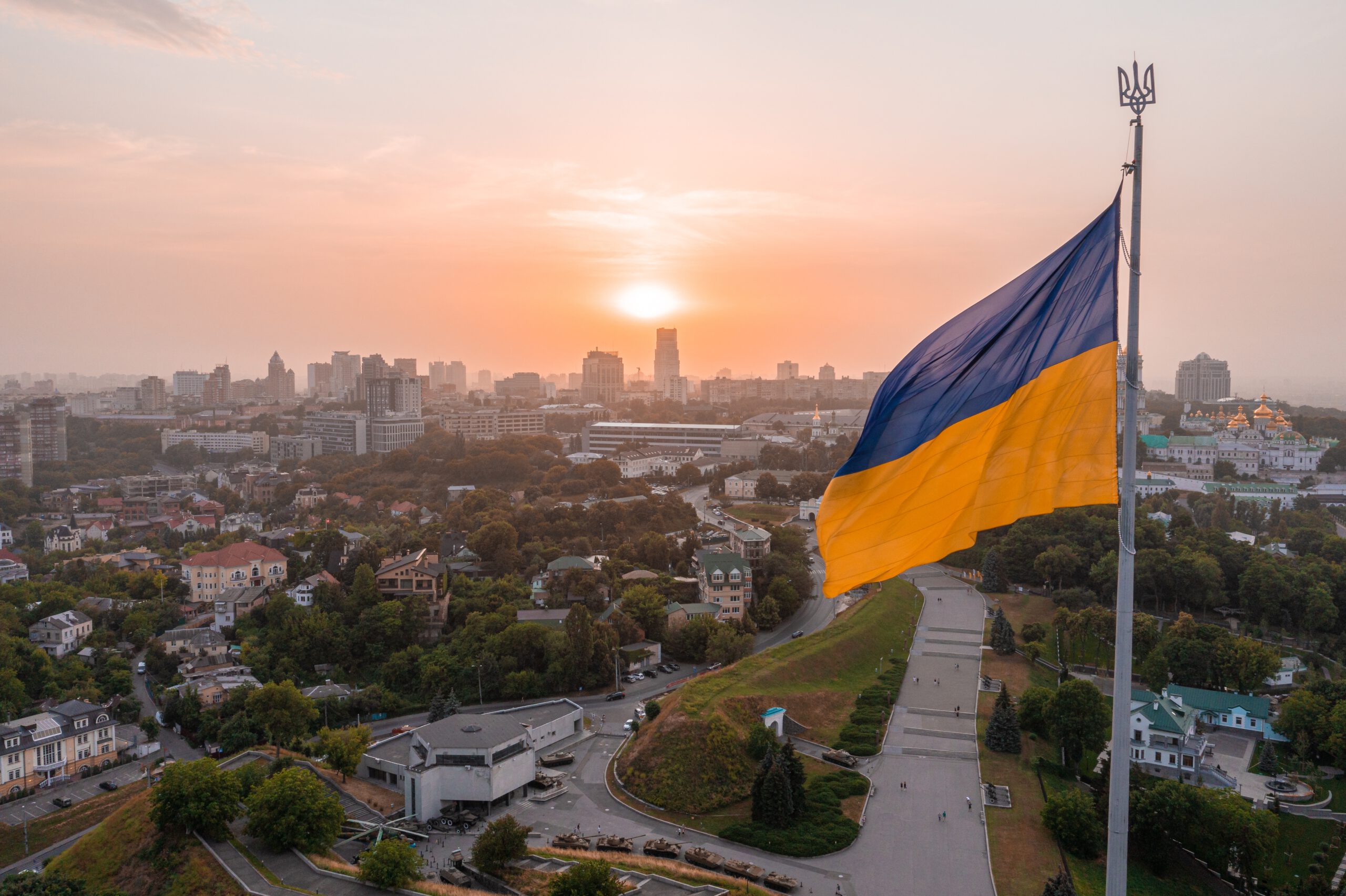

Ukraine, the second-largest country in Europe and fourteen times larger than the Netherlands, has a rich and complex history dating back to ancient times. The country has seen various rulers and suffered through numerous conflicts and political changes.
The earliest known civilizations in the area that is now Ukraine emerged around 4800 BCE. In the Middle Ages, Ukraine became a significant political and cultural center under the rule of the Kievan Rus, a powerful East Slavic state. This period is considered the “Golden Age” of Ukrainian history, characterized by economic growth, thriving trade, and the development of a strong Ukrainian identity.
In the 13th century, Ukraine was invaded by the Mongols, who took control of the region. This was followed by centuries of foreign domination, including Lithuanian, Polish, and Russian rule. During this time, Ukraine often found itself divided among various powers and experienced numerous political and religious conflicts.
By the end of the 18th century, Ukraine was divided between the Russian Empire, the Habsburg Empire, and Poland. Throughout the 19th century, there was a cultural and national awakening among Ukrainians, with a growing emphasis on the Ukrainian language and culture.
After World War I and the fall of the Russian and Austro-Hungarian empires, Ukraine declared its independence in 1918. However, this independence was short-lived as the country was soon torn apart by war and the Russian Revolution.
In 1922, Ukraine became part of the newly formed Soviet Union. During Joseph Stalin’s rule in the 1930s, Ukraine was heavily affected by forced collectivization of agriculture and the resulting famine known as the Holodomor, which claimed millions of lives.
After the collapse of the Soviet Union in 1991, Ukraine declared its independence once again. The country faced numerous challenges, including economic reforms, political instability, and the quest for a balanced relationship with Russia.
In recent years, Ukraine has undergone significant political changes, including the Orange Revolution in 2004 and the Maidan protests in 2013-2014, which led to the ousting of President Viktor Yanukovych. The country has also been involved in a conflict with Russia since 2014, with Russia annexing Crimea and separatist uprisings starting in the Donbass region. In 2022, the Russian military invaded Ukraine, and the struggle continues.
Despite these challenges, Ukraine continues to strive for democratic reforms, economic growth, and a stronger position in the international community. The country possesses a rich culture and heritage, influenced by both the East and the West, and remains a significant player in the geopolitics of Eastern Europe.
